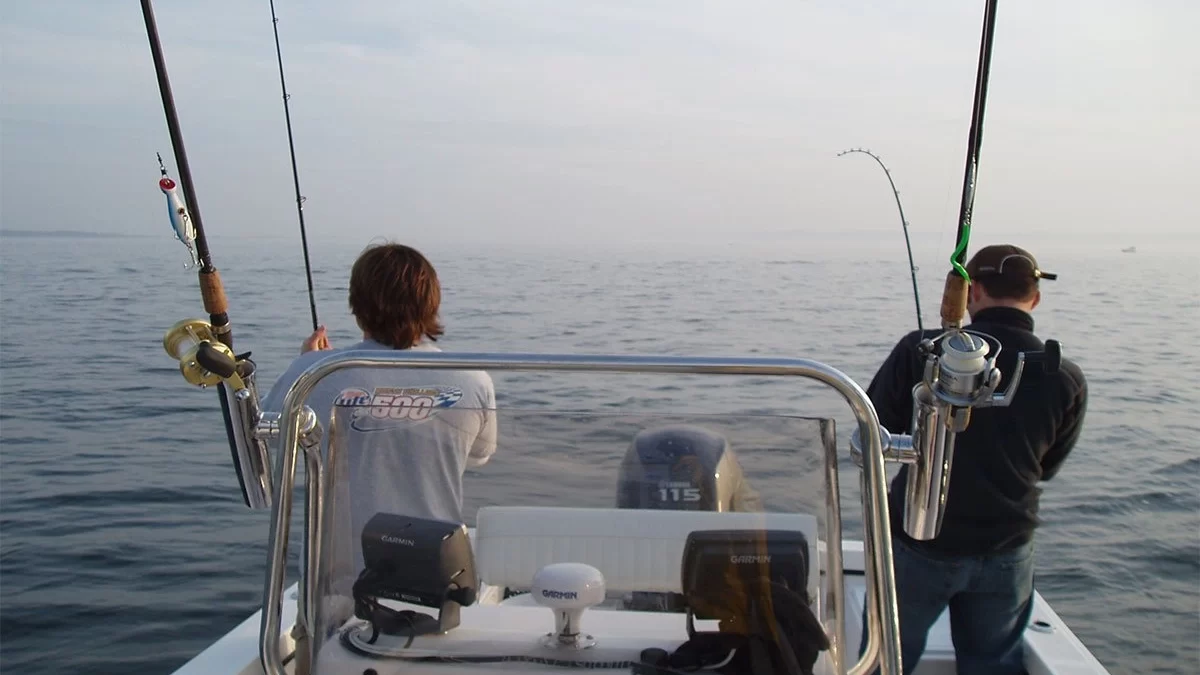Nile Perch Fishing Rods & Equipment

Sport Fishing Trips in Uganda, Africa
December 13, 2023
Safari in June Wildebeest Migration Pattern
December 13, 2023Nile Perch Fishing Rods & Equipment – Trolling Rods & Reels
Achieving success in Nile perch fishing demands strategic gear selection. Trolling rods, typically boat or up-tide rods ranging from 20 to 30lb class and 7 to 9 feet in length, play a crucial role. Paired with medium-sized multipliers with a capacity of 200 yards or more of 30lb line, options like Abu 7000s, 10,000s, Shimano TLD 15s, and Penn GLS 25s top the list for an optimal Nile perch trolling experience.
Nile Perch Shore Fishing Rods & Reels
For those seeking the thrill of landing a significant catch from the shore, robust equipment is essential. Ideal shore fishing rods measure between 10 to 12 feet with a test curve of 3.5lb to 4lb. Reels should possess sufficient capacity for at least 200 yards of 20 to 30lb monofilament line.
When pursuing Tiger fish and smaller Nile perch, lighter tackle suffices. A 9 to 12-foot carp or spinning rod with a test curve between 1.5lb and 2lb, complemented by a reliable medium fixed spool, offers an effective solution. Line class in this case should range from 15 to 20lb b.s. monofilament line.
Nile Perch Fishing Lines
Recognizing the strength of Nile perch and the challenging terrain they inhabit, selecting appropriate fishing lines is critical. Trolling and heavy shore work demand a minimum of 30/40lb b.s. monofilament, while 20lb b.s. monofilament is suitable for Tigers and smaller perch.
While braided lines boast advantages, their reliability against Nile perch remains unproven. Braided lines lack the stretch of monofilament, making them prone to breakage when facing a powerful fish over rocks. Monofilament, with its stretch capability, bounces off rocks, offering a protective advantage. Regardless of preference, bringing sufficient line, at least 200m, is crucial to tackle the challenges posed by Nile perch.
Nile Perch Leader Lines and Traces
When it comes to trace materials, anglers can choose from nylon-coated wire, standard multi-strand wire, or heavy monofilament. For trolling and heavy shore fishing, 60lb to 80lb b.s. wire proves ideal, while 30lb b.s. multi-strand is suitable for Tigers and small perch.
Trolling enthusiasts often opt for 80 to 100lb b.s. monofilament, despite its lack of finesse and knot difficulty, due to its strength and reliability. For shore fishing, wire gains an advantage with its thinner profile and increased flexibility. Trolling traces, no shorter than the length of your rod, should be used in conjunction with a double main line leader secured with a Bimini twist or a similar knot.
Nile Perch Hooks and Weights
Choosing the right hooks and weights is paramount for Nile perch fishing. Most lures come with inadequate split rings and hooks for large perch. Reliable trebles, such as Gamakatsu, Mustad 5Xs, and VMCs featured on Rapala lures, ranging from size 1 up to 3/0, are essential.
Trustworthy split rings from Rapala and Wolverine are recommended in larger sizes. Bringing spares is crucial, as even the best hooks and rings can sustain damage regularly.
To ensure you have all the necessary Nile perch fishing rods & equipment along with the required permits, contact Trek Africa Expeditions for expert assistance.

